What To Look Out For - June
After a decidedly chilly May we are all looking forward to a warmer June! This glorious month is a time of birds feeding chicks or fleeing the nest, emerging mid-summer insects and blossoming meadows!
The relatively dry spring of 2015 should have been favourable to many woodland and garden birds. Listen out for the slurping sound of Long-tailed Tits, now gathering into family groups after raising their first brood of chicks. The juveniles have a distinctive brown ‘Zorro’-like mask. Many other small juvenile birds such as Treecreepers are also heading out into the wild world. This delicate mouselike bird is an expert tree climber. In a single day they can cover 2,500m of bark!
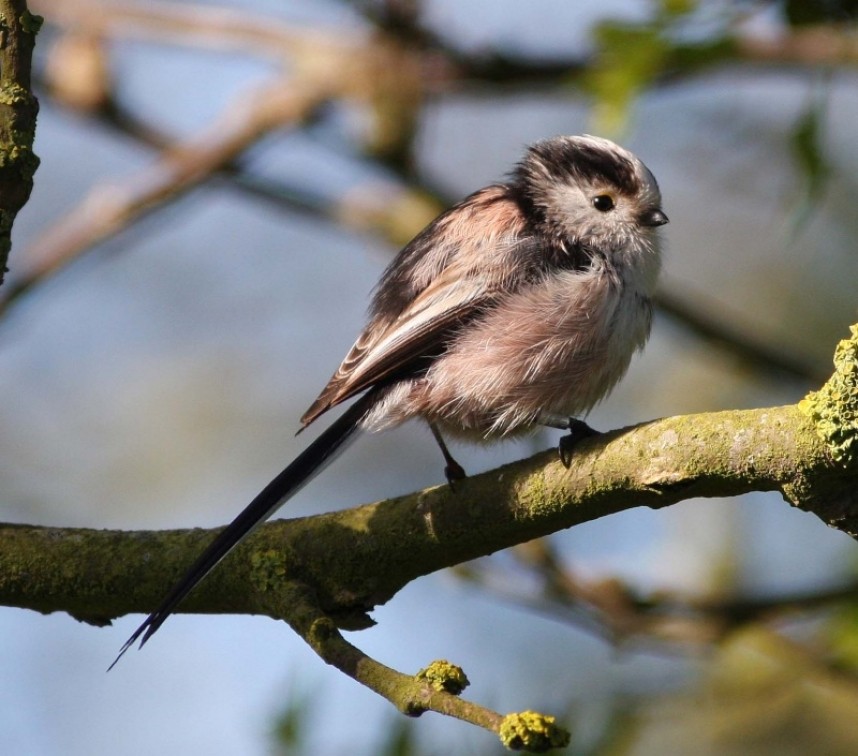
Long-tailed Tit © Mark Pearson
On the Yorkshire Moors Red Grouse, Lapwings, Golden Plovers, Snipe and Curlews are busy feeding and protecting their chicks. It’s a great month to take a drive around the North York Moors National Park to watch these birds but please be careful, there are often chicks on the road! One of our most loved birds, the Kingfisher, has benefitted from our cleaner rivers. There are some great places to see this species, such as Top Hill Low nature reserve near Driffield or the River Derwent in North Yorkshire. The chicks fledge their burrow in June at 24 - 25 days old and the adults feed them for a further four days before driving them out of their territory.
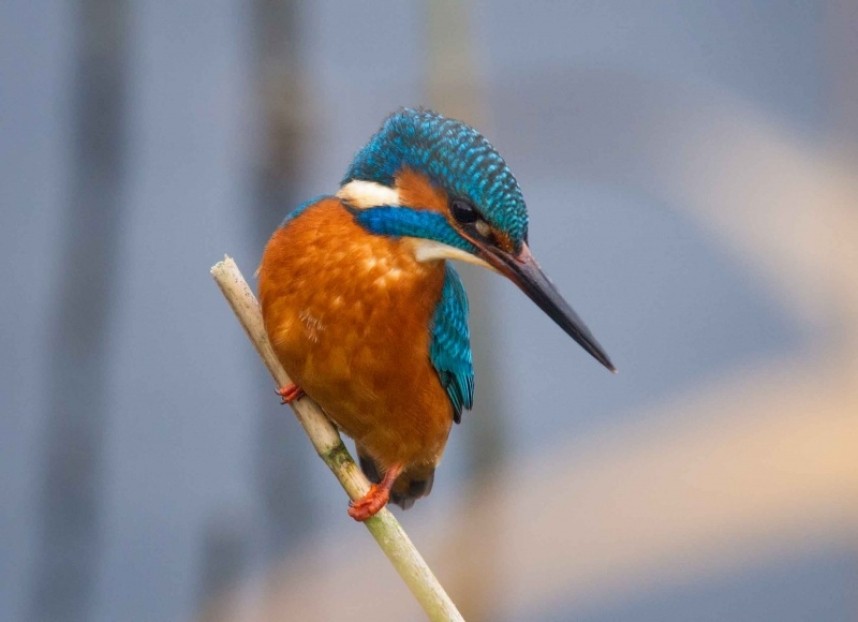
Common Kingfisher © Tony Mclean
It’s impossible to do justice to the huge number of plants coming into flower, more now than at any other time of year. To mention just a few, that quintessential English rose, the Dog Rose (‘dog’ meaning ‘common’ in the language of our ancestors) unfolds its pink and cream petals this month. Field Bindweed’s pink flowers, decorated with a white star inside the ‘trumpet’, begin to emerge on waste ground and next to footpaths, while Common Poppy thrives in arable fields and other disturbed ground. In woodlands Honeysuckle and Enchanter’s Nightshade, which is not a true nightshade, come into flower and Common Spotted-orchids may be found in woods or grasslands.
June is also a great time for one of our most spectacular and common flowers, the Marsh Orchid. Two of the best places to see this deep purple gem are the chalk grasslands of Flamborough Headland or Yorkshire Wildlife Trust’s meadow at Ellerburn Bank. Orchids produce many thousands of very tiny dust-like seeds. The outer casing of each seed resembles a honeycomb in structure, consisting of dead cell walls, which makes the seed lightweight and easily dispersed by wind. Inside the honeycomb the seed embryo is surrounded by a hard protective shell.
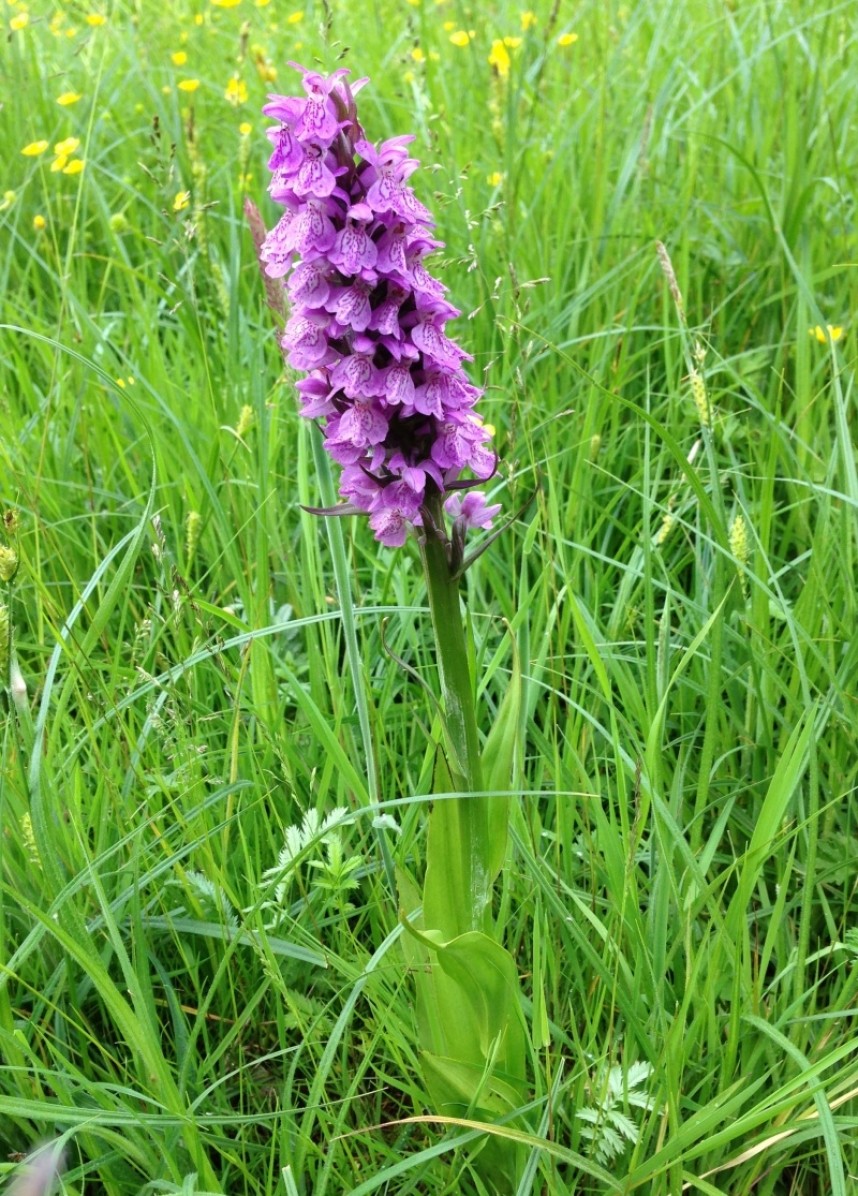
Marsh Orchid © Richard Baines
Elm trees are excellent for wildlife. Many birds eat the seeds while the leaves provide food for the caterpillars of many moths, including Peppered Moth and Light Emerald. Despite the ravages of Dutch Elm disease there are many elm trees regenerating from dead stumps and growing into small trees. Look out for their fruits (known as samaras) in early June as they form beautiful clusters.
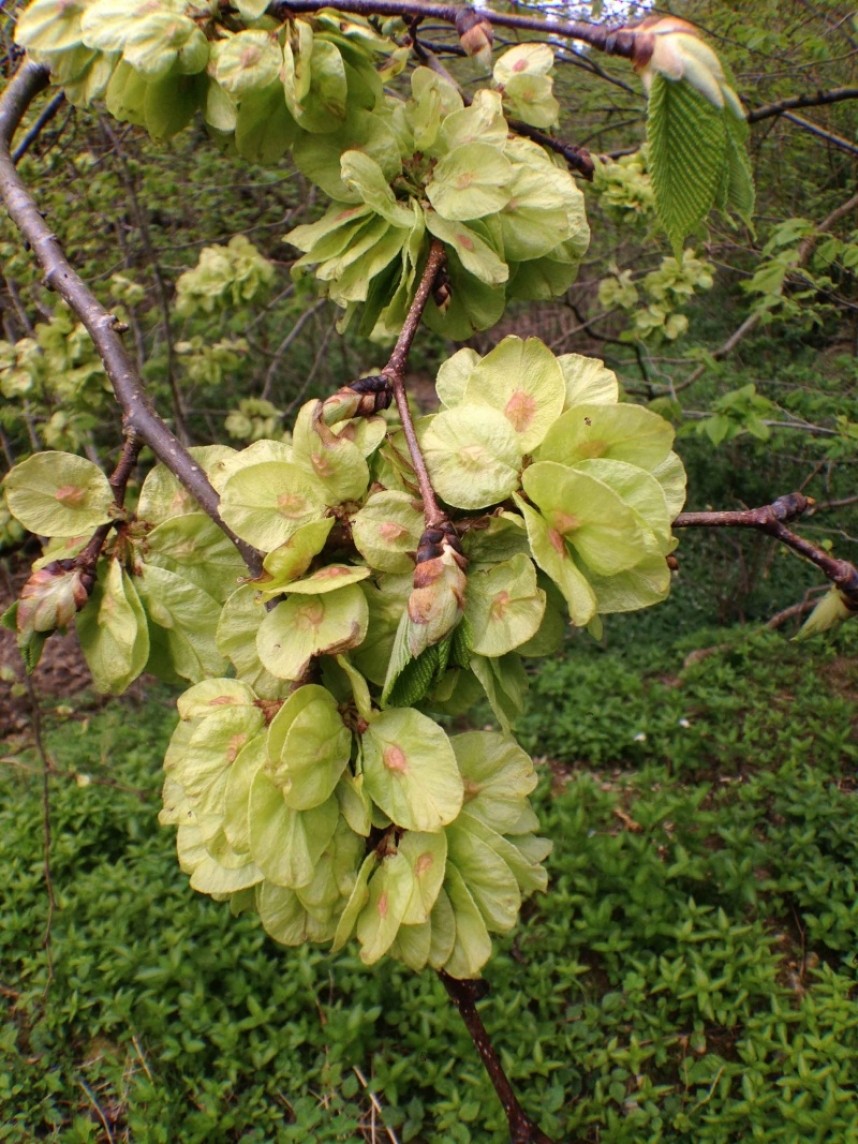
Elm Fruit © Richard Baines
Small Pearl-bordered Fritillary butterflies emerge in June: try visiting Jugger Howe Hawk and Owl Trust reserve on the Scarborough to Whitby road. This wonderful area of moorland is a great place for insects and also for encountering basking Adders, but keep to the paths for our only venomous reptile is at its most energetic in mid-summer!
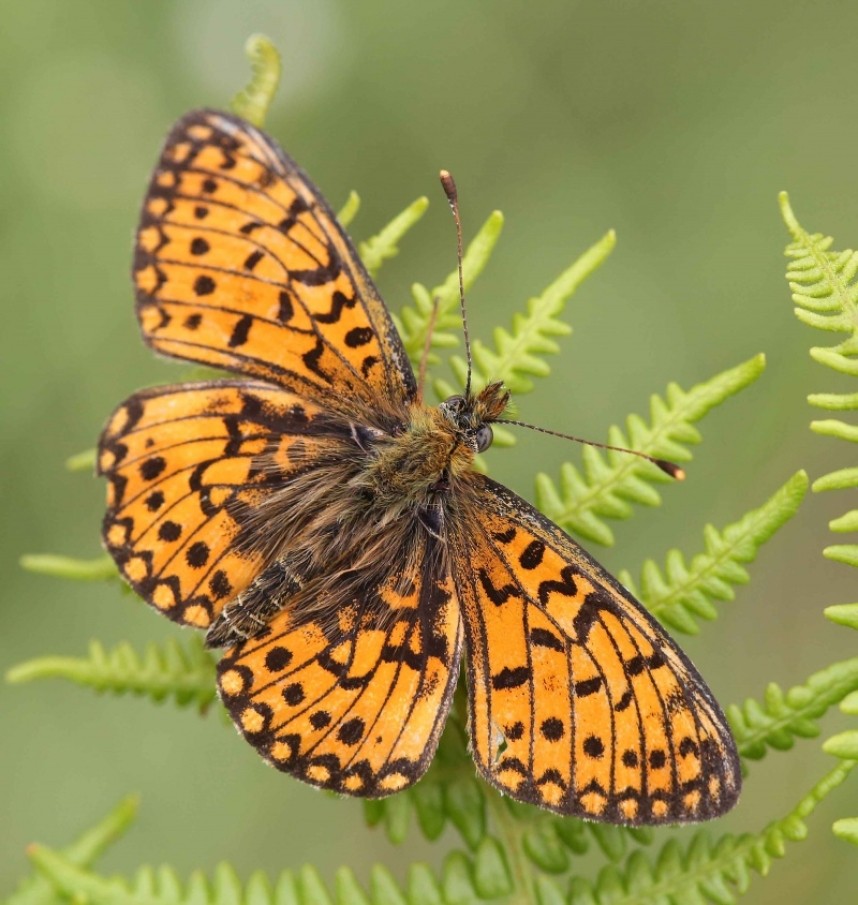
Small Pearl-bordered Fritillary © Dan Lombard
Moth-trapping is becoming a popular hobby, especially as we can all have a go in our gardens. With fairly simple equipment you can attract some monster moths! Emerging this month and lurking on willows during the day is the amazing Eyed Hawk Moth. Despite looking so impressive it does not feed in its adult stage.
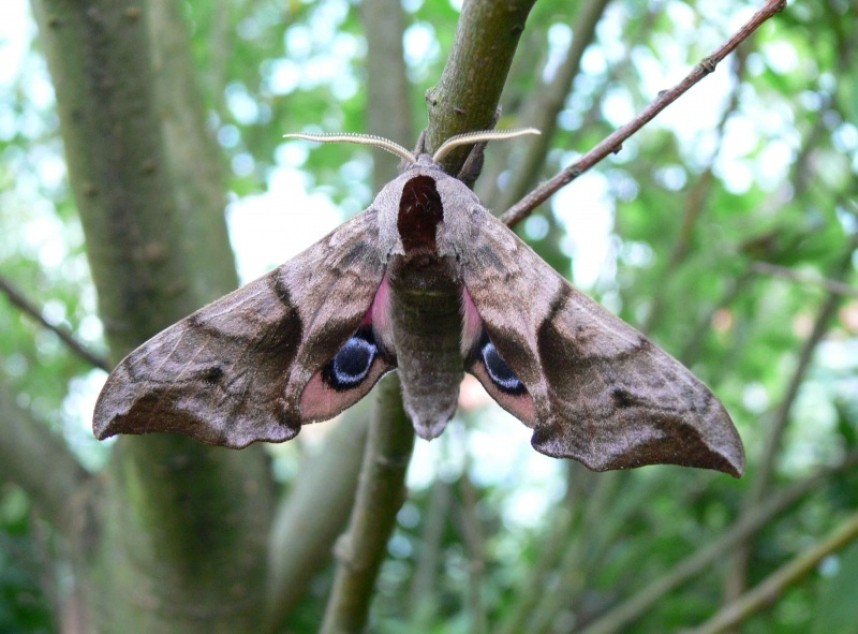
Eyed Hawk Moth © Richard Baines



 Back to Blog
Back to Blog
